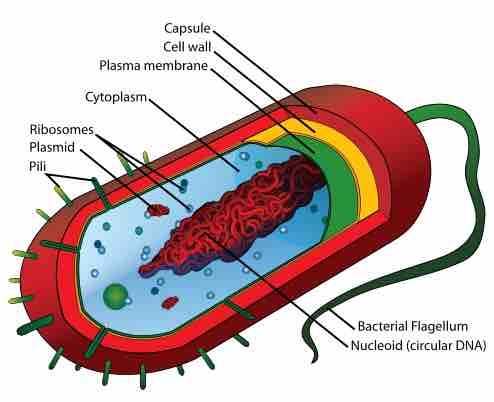The plasma membrane or cell membrane is a biological membrane that separates the interior of all cells from the outside environment. The plasma membrane is selectively permeable to ions and organic molecules. It controls the movement of substances in and out of cells. The membrane basically protects the cell from outside forces. It consists of the lipid bilayer with embedded proteins. Plasma membranes are involved in a variety of cellular processes such as cell adhesion, ion conductivity, and cell signaling. It serves as the attachment surface for several extracellular structures, including the cell wall, glycocalyx, and intracellular cytoskeleton. Fungi, bacteria, and plants also have the cell wall which provides a mechanical support for the cell and precludes the passage of larger molecules. The plasma membrane also plays a role in anchoring the cytoskeleton to provide shape to the cell and in attaching to the extracellular matrix and other cells to help group cells together to form tissues .

Prokaryotic Cell
Diagram of a typical gram-negative bacterium, with the thin cell wall sandwiched between the red outer membrane and the thin green plasma membrane.
There are several types of antimicrobial drugs that function by disrupting or injuring the plasma membrane. One example is daptomycin, a lipopeptide which has a distinct mechanism of action, disrupting multiple aspects of bacterial cell membrane function. It appears to bind to the membrane causes rapid depolarization, resulting in a loss of membrane potential leading to inhibition of protein, DNA and RNA synthesis, which results in bacterial cell death. Another example is polymyxins antibiotics which have a general structure consisting of a cyclic peptide with a long hydrophobic tail. They disrupt the structure of the bacterial cell membrane by interacting with its phospholipids.